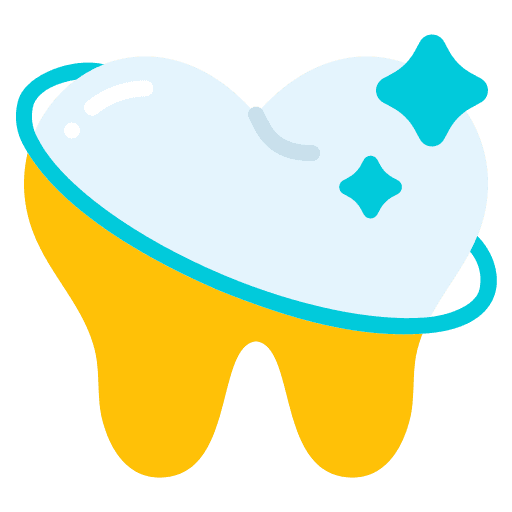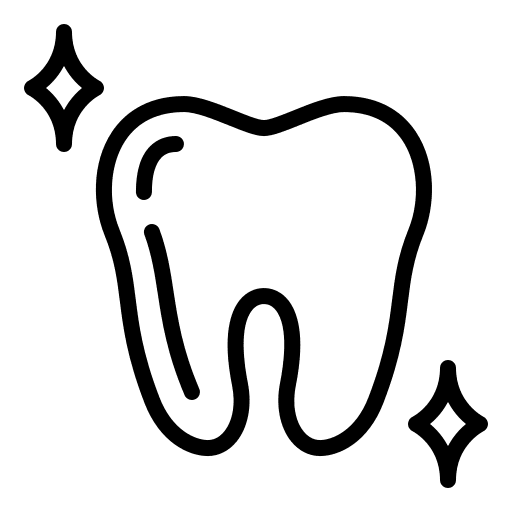WHAT IS
Inlays & Onlays
Inlays and onlays are dental restorations used to repair and strengthen damaged or decayed teeth. They are often considered a more conservative alternative to dental crowns, as they preserve more of the natural tooth structure.
Inlays: An inlay is a type of dental restoration that is used when the damage or decay is primarily within the cusps, or raised points, of a tooth. It is typically made from porcelain, composite resin, or gold. The inlay is custom-made in a dental laboratory based on impressions of the patient’s tooth. Once fabricated, it is bonded into place using dental adhesive, providing a precise fit within the prepared cavity. Inlays are an effective treatment for restoring structural integrity and function to a damaged tooth.
Onlays: Onlays, sometimes called partial crowns, are similar to inlays but provide more extensive coverage. They are used when the damage or decay extends beyond the cusps of a tooth and may involve one or more sides. Onlays are also custom-made restorations crafted from materials such as porcelain, composite resin, or gold. They are designed to fit precisely over the damaged area of the tooth, covering it and providing strength and protection. Onlays are bonded to the tooth using dental adhesive and are considered a conservative option that preserves as much natural tooth structure as possible.
Benefits of
Inlays & Onlays
- Examination and Diagnosis: Your dentist will examine your teeth and take X-rays to determine the extent of the damage or decay and whether an inlay or onlay is the appropriate treatment option for you.
- Tooth Preparation: The affected tooth is prepared by removing any decayed or damaged tooth structure. This is done under local anesthesia to ensure your comfort during the procedure.
- Impression: An impression of the prepared tooth is taken to create a custom-made inlay or onlay. The impression is sent to a dental laboratory, where the restoration will be fabricated.
- Temporary Restoration: While your permanent inlay or onlay is being created, a temporary restoration may be placed to protect the prepared tooth.
- Fitting and Bonding: Once the permanent restoration is ready, your dentist will remove the temporary restoration and check the fit and color of the inlay or onlay. Any necessary adjustments can be made at this stage. Once the fit is confirmed, the restoration will be bonded to the tooth using dental adhesive.
- Final Polishing: After the restoration is securely bonded, your dentist will polish it to ensure a smooth and natural-looking surface.
WHY CHOOSE
Cleveland Dental Care
Expertise and Experience: Patients prefer dental clinics with dentists who have expertise and experience in performing inlays and onlays procedures. Skillful dentists are more likely to deliver quality treatment and achieve desirable results.
Comprehensive Dental Care: A reputable dental clinic should offer a range of services and treatments to cater to different dental needs. This ensures that patients can receive comprehensive dental care, including inlays and onlays, without the need for multiple referrals or visits to different specialists.
Advanced Technology and Techniques: Clinics that invest in advanced dental technology and stay up-to-date with the latest techniques can often provide more accurate diagnoses and precise treatment. This can enhance the overall effectiveness and efficiency of the inlays and onlays procedure.
Customized Treatment Plans: Each patient’s dental needs are unique, and a good dental care provider will tailor treatment plans to suit individual requirements. They should take the time to assess the patient’s condition, discuss treatment options, and provide personalized recommendations for inlays and onlays.
Positive Patient Experiences: It’s important to consider the reputation and reviews of a dental clinic. Patient testimonials and online reviews can give you insights into the experiences of others who have received inlays and onlays treatment at a particular clinic, helping you make an informed decision.
Transparent Communication and Patient Education: A reliable dental care provider should prioritize clear and transparent communication with patients. They should explain the treatment process, address any concerns or questions, and provide educational resources to help patients understand their condition and make informed decisions.
FAQ's About
Inlays & Onlays
Inlays and onlays are dental restorations used to repair damaged or decayed teeth. They are also known as indirect fillings and are usually made from materials like porcelain, composite resin, or gold. Inlays and onlays are custom-made in a dental laboratory and then bonded to the tooth surface.
The main difference between inlays and onlays is the extent of tooth coverage. Inlays are used when the tooth’s damage or decay is confined to the center of the tooth, within the cusps (points) of the tooth. Onlays, on the other hand, are used when the damage extends beyond the cusps and covers a larger portion of the tooth’s surface.
The process of getting an inlay or onlay typically involves two dental visits. During the first visit, the dentist prepares the tooth by removing any decayed or damaged areas. An impression of the tooth is then taken and sent to a dental laboratory, where the inlay or onlay is custom-made. A temporary filling is placed on the tooth to protect it until the next visit. During the second visit, the temporary filling is removed, and the inlay or onlay is bonded to the tooth using dental cement.
The lifespan of inlays and onlays can vary depending on several factors, including the materials used and how well they are cared for. On average, inlays and onlays can last between 10 and 30 years. Proper oral hygiene practices, such as regular brushing, flossing, and dental check-ups, can help extend their longevity
Inlays and onlays are considered a more conservative alternative to traditional dental fillings, especially in cases where tooth damage or decay is extensive. They provide a stronger and more durable restoration that can better withstand chewing forces. Additionally, inlays and onlays offer an aesthetic advantage as they can be fabricated to match the color of the natural teeth, providing a more seamless appearance.
Inlays and onlays do not require any special care beyond regular oral hygiene practices. It is important to maintain good oral hygiene by brushing twice a day, flossing daily, and visiting the dentist for routine check-ups. Avoiding excessive biting forces on the restored tooth, such as biting on hard objects or using the teeth as tools, can also help prolong the lifespan of the restoration.










